Weddings are so steeped in traditions and even superstition that even the most unconventional of couples may wish to include a couple of these popular wedding traditions into their special day.
Here we look at some of the most popular and enduring traditions.
Mix things up if you’re hosting a same-sex wedding! Lots of these traditions were for brides and grooms, but there’s so many fun ideas you can replace them with if that isn’t you.
The biggest rule is that there are no rules. Mix up the traditions as you see fit, do things YOUR way and put a modern spin on things.
1: The white dress
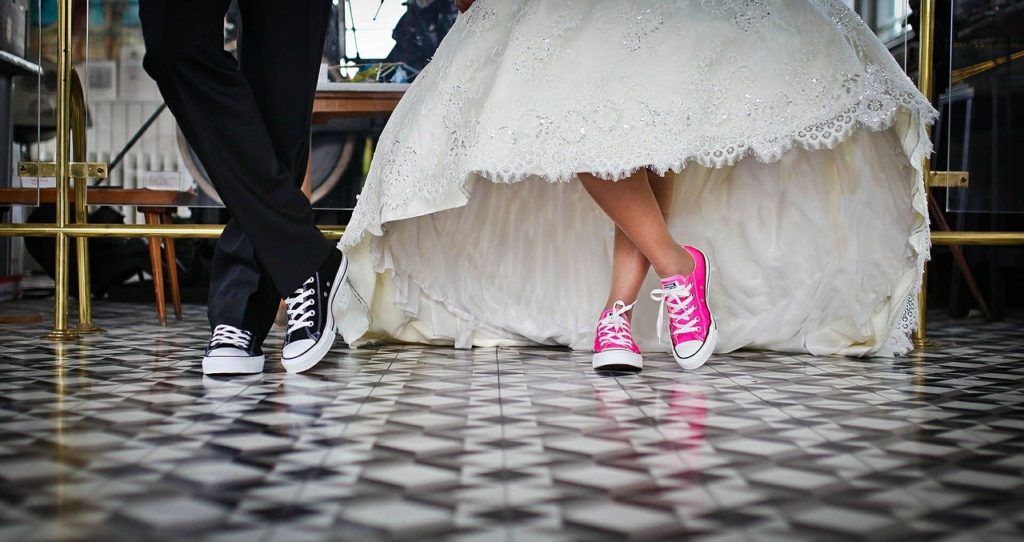
While white is seen in this country as a colour of purity, historically, brides used to wear the best clothes they had, and they could be any colour – even black.
White clothes also represented wealth (because only the wealthy could afford to wear it and keep it clean!). Despite this, the trend for white wedding dresses landed much later than you might think. It was apparently Queen Victoria, who was the first to do so, as before her wedding to Price Albert in 1840.
2: Old, new, borrowed, blue
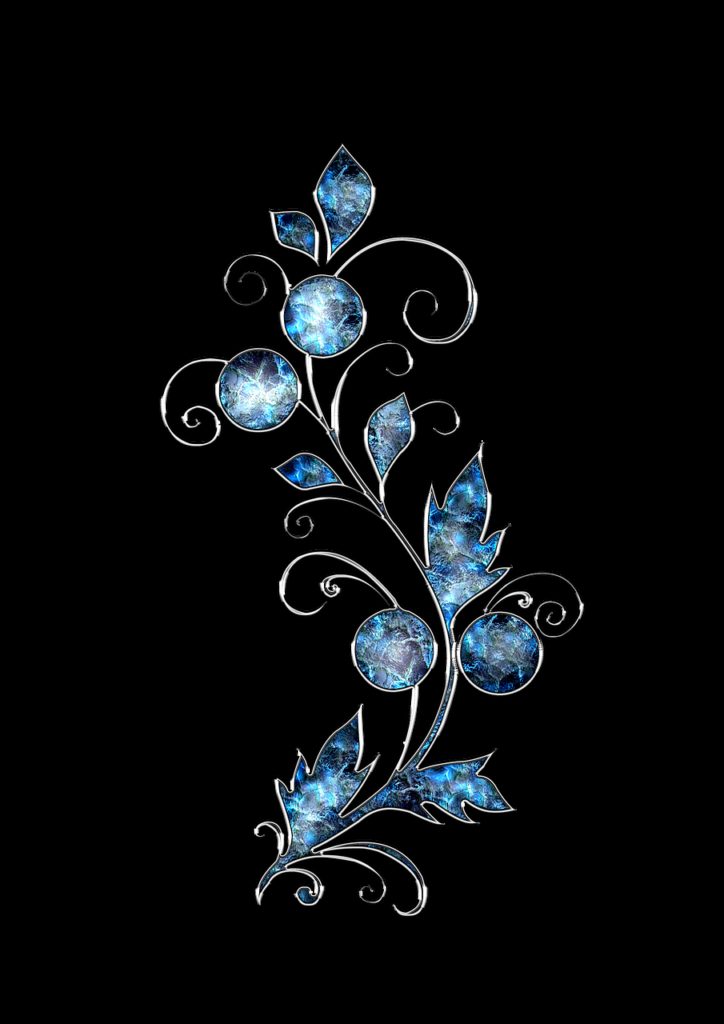
This tradition is based on an old rhyme by an unknown Victorian English poet “Something old, something new, something borrowed, something blue, and a silver sixpence in her shoe.”
Something old represents the link with the bride’s family and the past often this is linked to something from the female line, from your mother, grandmother. You could choose to wear a piece of family jewellery or some lace from your mother or grandmother’s wedding dress.
Something new represents good fortune and success in the bride’s new life. While the wedding dress often symbolises the new item, it could be a new necklace or earrings to wear on your special day.
Something borrowed reminds the bride that her family and friends will be there for her when help is needed. The borrowed object might be something small, such as lace handkerchief or a hair pin.
The something blue symbolises faithfulness and loyalty. The tradition dates to biblical times when blue represented purity. Often, the bride’s garter has a blue ribbon on it, making that the blue item.
Another tradition is that of a “silver sixpence in your shoe”. This is said to bring the couple wealth and happiness during their life together and was originally a sign that the bride’s father had sent the couple well wishes.
3: Not seeing bride before the wedding
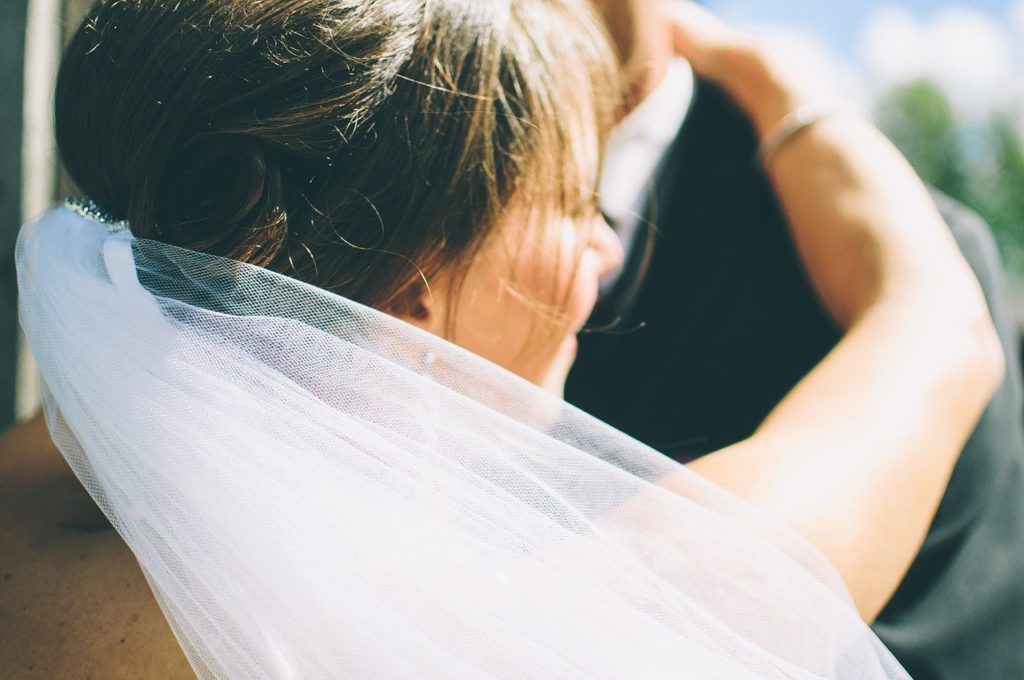
This tradition dates to the days of arranged marriages, when marriage was less about love and more of a business arrangement.
Quite simply, the couple weren’t allowed to see each other before the ceremony for fear they’d pull out of the marriage! That’s also one of the reasons, brides often wore heavy veils…
4: Giving away the bride
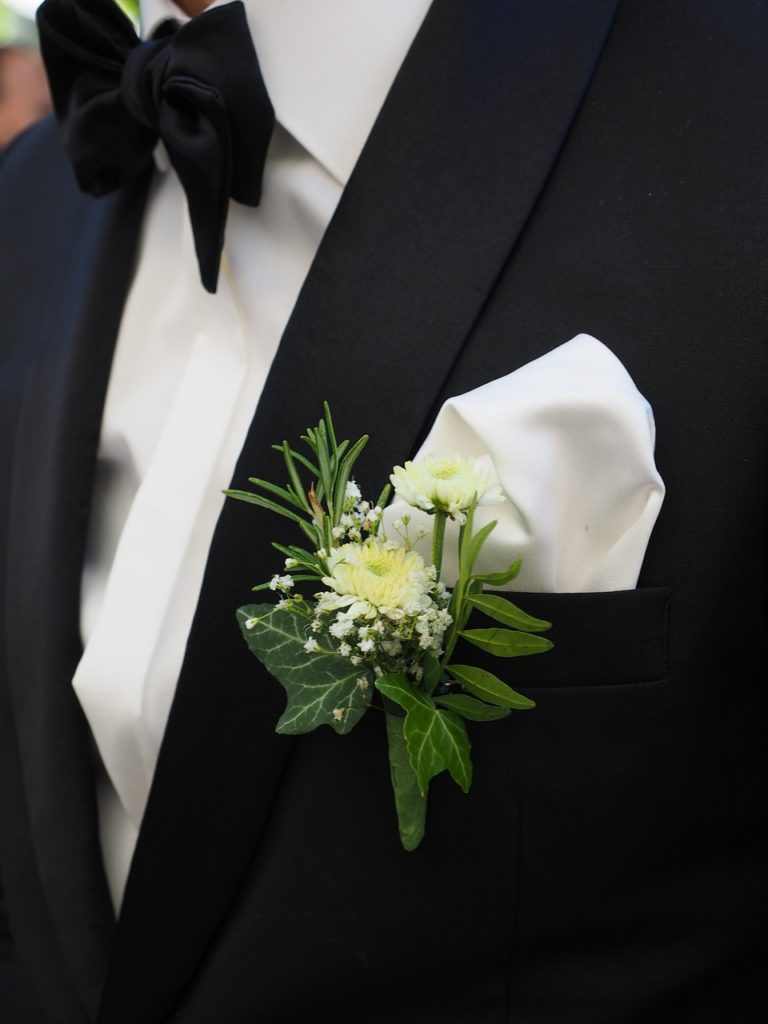
This is often a poignant moment for many fathers and daughters, but it again, dates to the middle ages, when daughters were considered their father’s property and quite literally sold to the groom, along with a dowry. Nowadays, of course, it is totally up to the bride who gives them away. It could be your mother, a sibling, or even a lifelong friend.
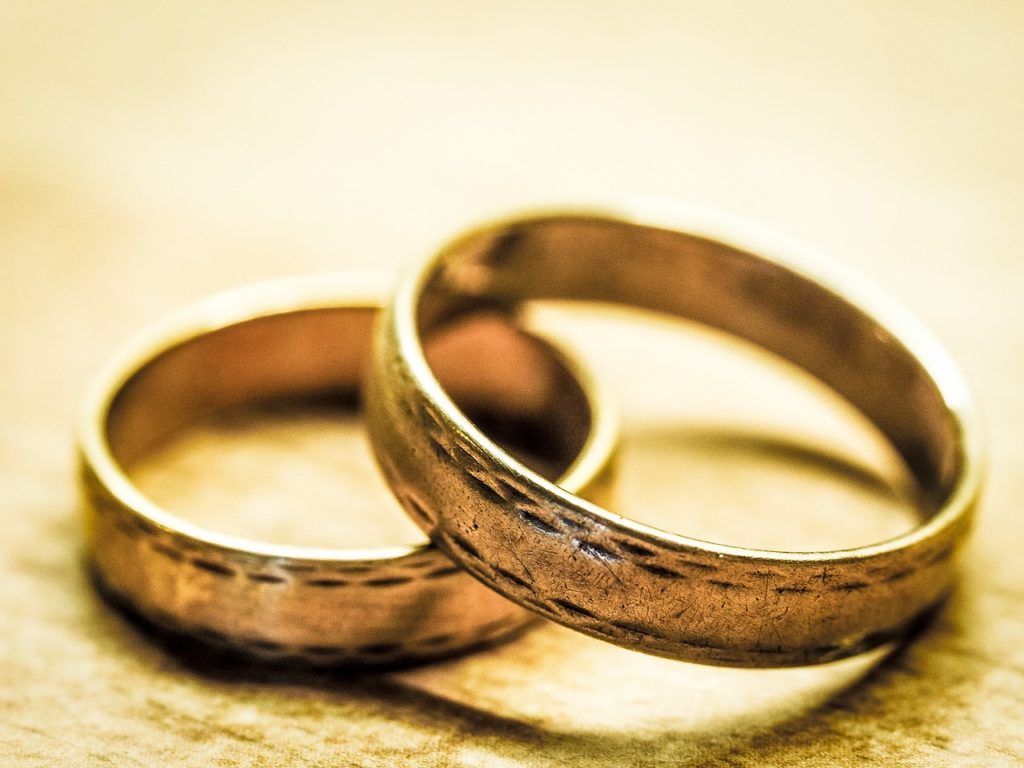
5: Wedding rings
The circular shape of rings has symbolised eternity since Egyptian times. However, wearing your wedding ring on the left finger of the left hand came about because it was believed that a vein in that finger – the vein of love – started its journey directly to the heart.
6: Wedding favours
The tradition of giving guests something to remember the day by in the form of favours has been around for hundreds of years.
The tradition was to give each guest five sugar coated almonds to symbolise health, wealth, fertility, happiness and long-life. However, these days, wedding favours can be as unique as you are – from lottery tickets, to wildflower seeds and even mini bottles of gin.
7: Throwing rice
In Roman times, throwing grains of wheat or oats at newlyweds was thought to bring them fertility and wealth. While colourful plastic confetti took its place for decades, couple now often opt for a more eco-friendly option such dried flower petals.
8: Throwing the bouquet
People once believed that grabbing a piece of the bride’s outfit would pass some of her good luck on to them. However, the guests could get very rowdy, so a tradition evolved where the bride would simply toss her flowers at the mob….
In olden times the bouquet wasn’t carried down the aisle just to look pretty, but to mask the bride’s odour (think of days when most people didn’t bathe more than once a year!) Bouquets often included herbs and garlic, as well as fragrant flowers.
Tradition says that whoever catches the bouquet will be next to be married.
9: Being carried over the threshold
In ancient time, people believed that brides were especially susceptible to evil spirits through the soles of their feet, and many of those evil spirits supposedly liked to hang out on the threshold of homes. The groom carried the bride across the threshold to make sure that she didn’t get attacked by any of these spirits.
In Medieval Europe, grooms carried brides across the threshold to avoid onlookers seeing the bride as scandalously eager to consummate the marriage!
10: The honeymoon
Newlywed Viking couples were sent to live in a cave for one month. Every day, during 30 moons, a family member would visit them and bring them honeyed wine. Hence honeymoon.
So the choice is yours – keep and old tradition, or reshape it into something that reflects you. And now you know the reasons behind some of these wedding traditions.
